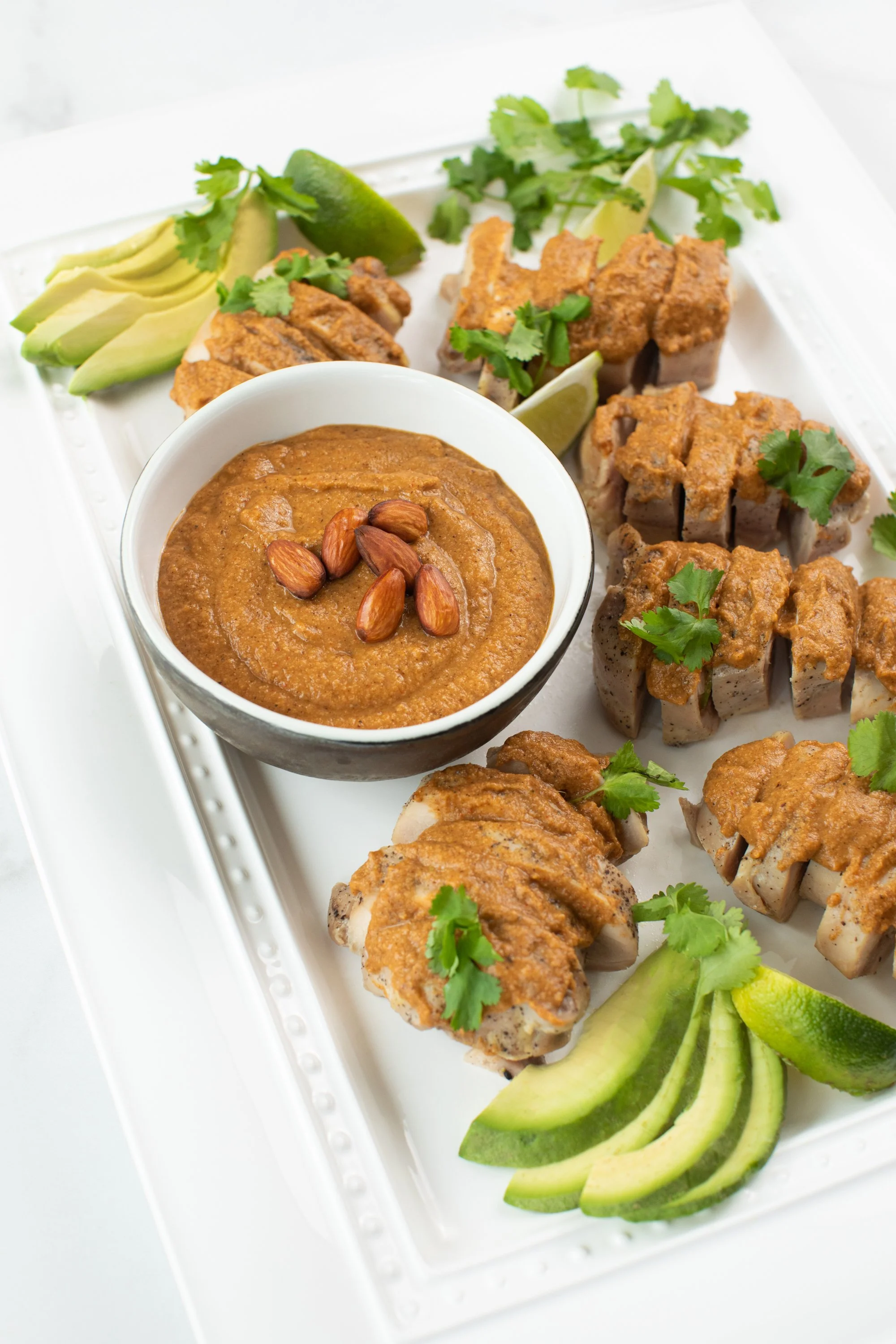Cooking in Nayarit, Mexico….And My Friend Alondra
I find it fascinating how people come into my life under the most interesting circumstances. Last November I was in Mexico visiting some friends who own a home on the beach. One day I got a massage, and I asked the massage therapist if he knew anyone who could teach me to cook the local food from that area. He said he would think about it and let me know. A few days later, he texted me and told me of a chef named Alondra Maldonado, who had written a cookbook about the food in the state of Nayarit, Mexico. He gave me her phone number, and I sent her a message asking if she would teach me when I returned to Mexico. She responded quickly, and through a series of texts we made arrangements to meet the following month in the town of Bucerias, near Puerta Vallarta. She had a friend who owned a beautiful apartment with a large kitchen where we would cook. I stayed in a small hotel across the street, and when I arrived for our first day of cooking, Alondra greeted me with a huge smile and a hug. I knew at once that this would be the beginning of a lasting friendship.
Alondra grew up in the state of Nayarit on the Pacific coast of Mexico. She went to culinary school in Argentina, but missed the food of her homeland. After realizing she knew very little about the history of Nayarit, and the recipes that were being prepared by generations of women, she set out to learn all she could. Over the course of a year, she traveled throughout the state, meeting people who told stories, shared recipes, and took her into their homes and restaurants to teach her all they knew. She spent time with fishermen in the open sea, and in mangroves where they caught dorado, harvested oysters, shrimps, and mullet. She went into the mountains and learned to make mole, unlike the method she knew from Puebla. Alondra took detailed notes, and eventually wrote a beautiful cookbook, Flavors of Nayarit, The Undiscovered Treasure of Mexico.
I spent three days cooking with Alondra as she told stories and described the ingredients commonly used in her recipes. She explained the history of the people of Nayarit, where the seaports welcomed ships filled with spices, fruits, vegetables, nuts, and breads from faraway lands such as Spain, China, the Philippines, and Turkey. The indigenous people, particularly the Aztecs, became creative in their cooking as they incorporated these new ingredients into their cooking. Alondra taught me that the base of Mexican cuisine is corn and chiles, which are included on every table throughout the country. And few dishes are complete without a bowl of salsa. Little did I know how many Mexican salsas there are, and how simple they can be.
We made four salsas on the first day, including guacamole, salsa verde, and two red salsas using different dried chiles. Using a molcajete (lave mortar and pestle), I laboriously crushed charred dried chile morita, plum tomatoes, garlic, and onion to make the most incredible smoky salsa. We made homemade corn tortillas, gorditas, and sopes on the griddle, filling the sopes with shredded chicken and creamy cheese from the area. We topped the gorditas with salsa verde and crumbled queso fresca. We cooked black beans and fried them in lard with plenty of onions and garlic, which we spread on tortillas and topped with fresh cream.
On our second day we started the morning with a four mile walk before cooking a huge pot of corn for soup, tomatoes and chiles for tortilla soup, and azufrado beans for a delicious bean soup. We hydrated dried chile ancho in a vinegar brine sweetened with piloncillo (Mexican pure cane sugar) and stuffed them with a mixture of cheese before cooking them in a chunky tomatillo sauce. We roasted poblano chiles, peeled them, and stuffed them with a mixture of shrimp and tomatoes. After cutting the cooked corn from their cobs, we used most of it for the soup, but saved some to mix with cream and serrano chiles to stuff inside more poblano chiles. These were meant to be served chilled or at room temperature. We made two mole sauces, one with toasted pepitas and peanuts, and one with toasted whole almonds. They each cooked slowly while we carefully stirred them for hours before pouring over poached chicken. Most mole requires few ingredients, but its ingredients should be roasted to impart the most flavor possible.
We called day three of cooking Shrimp Day because every dish we made was with fresh or dried shrimp. Drying shrimp is common in the northern part of Nayarit where the shrimp is caught, cooked in salty water, and dried on mats in the sun. Alondra taught me how to peel those tiny dried shrimps, discarding the heads and tails, leaving a very small interior that was collected in a measuring cup. It took a couple hours to measure the two cups of dried shrimp we needed for dried shrimp ceviche and dried shrimp tamales. My fingers were sore and torn from all the work, and I only hoped that whatever we were going to make would be worth all the pain and effort. Just like everything else we had made that week, every dish was delicious, and my favorite was the dried shrimp ceviche, which was ground dried shrimp, carrot, cucumbers, onion, tomatoes, serrano chiles, and lime juice. We scooped it on fried tostadas and I couldn’t get enough! The dried shrimp tamales were formed into little balls as we tied the corn husks at “two finger” intervals to be served as snacks called botanero. We also made the traditional Aguachile dish, which is shrimp ceviche in a sauce of water and green chiles, served with onion and lime.
The three days of cooking with Alondra filled me with so much knowledge and appreciation for the ingredients and efforts that go into making the traditional foods of Mexico. The importance of salsa, the simplicity of ingredients, and the stories behind Alondra’s recipes gives me a deeper appreciation for not only Mexican food in general, but particularly the food from the state of Nayarit.
























